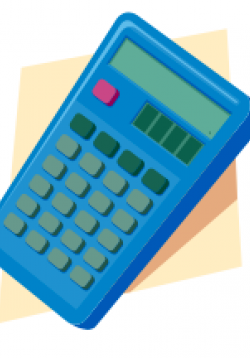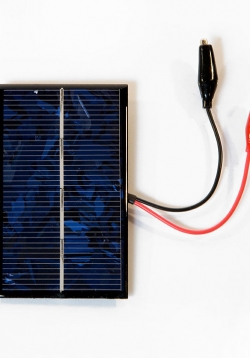Non-renewable Energy/Global Warming/Pollution
NOTE: THIS LESSON RELIES ON EPA CLIMATE CHANGE RESOURCES THAT ARE NO LONGER AVAILABLE. STUDENTENERGY.ORG PROVIDES A POSSIBLE ALTERNATIVE RESOURCE.
This lesson will introduce the students to worldwide problems that we have with energy. (91% of the...







